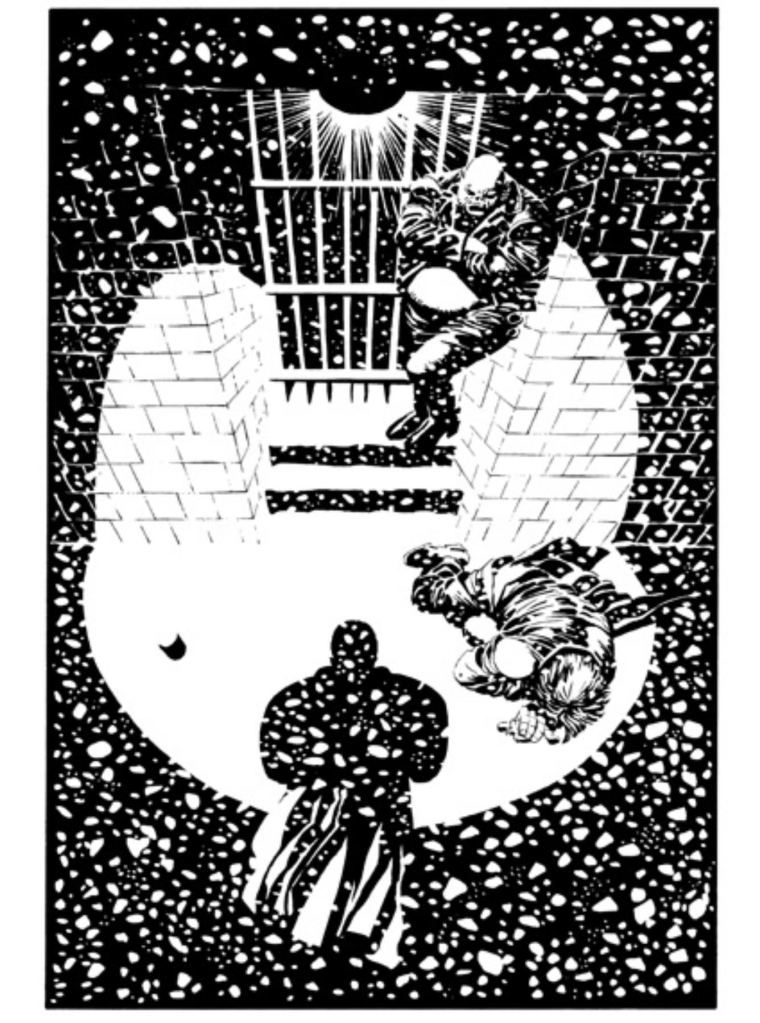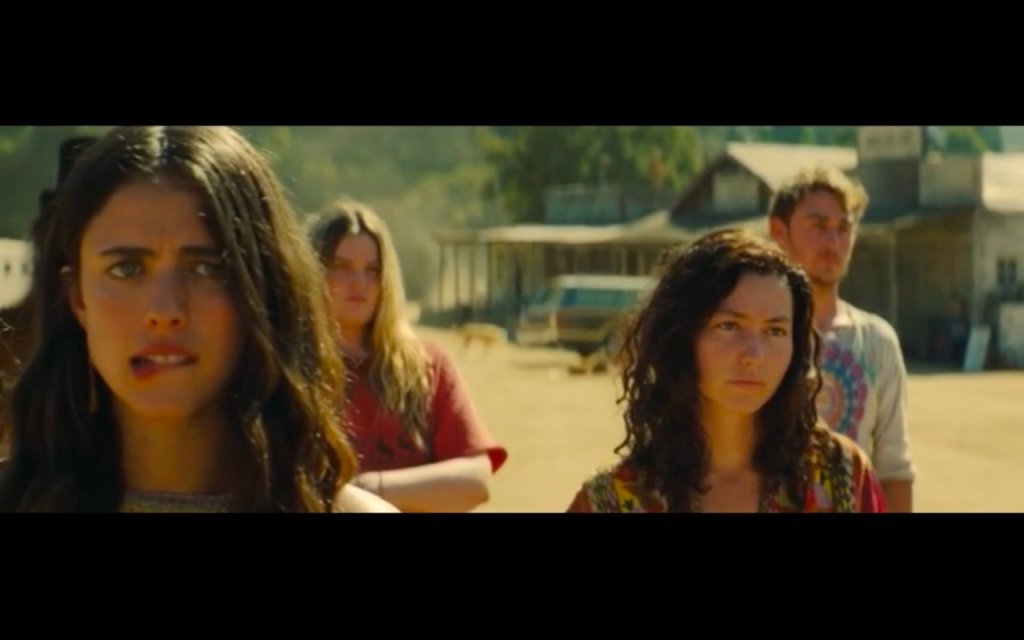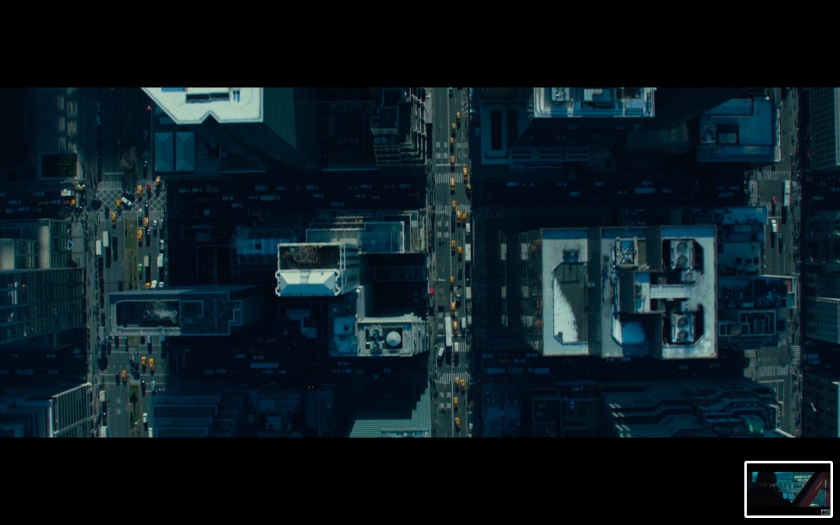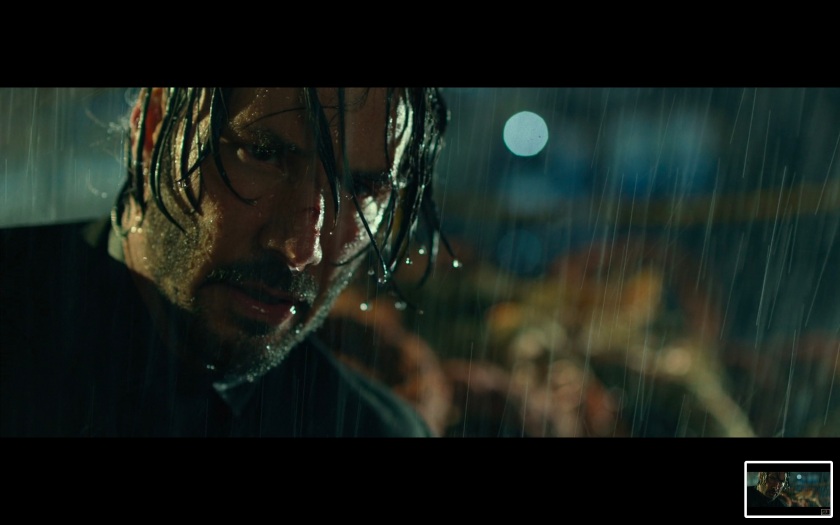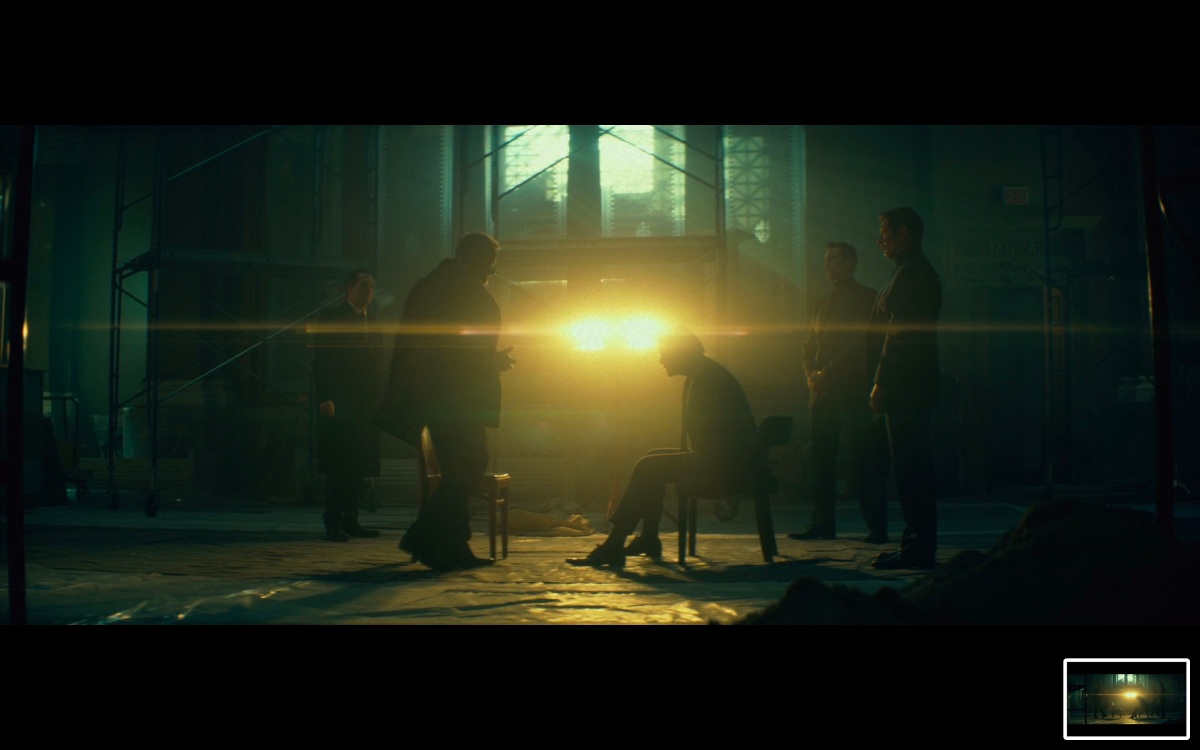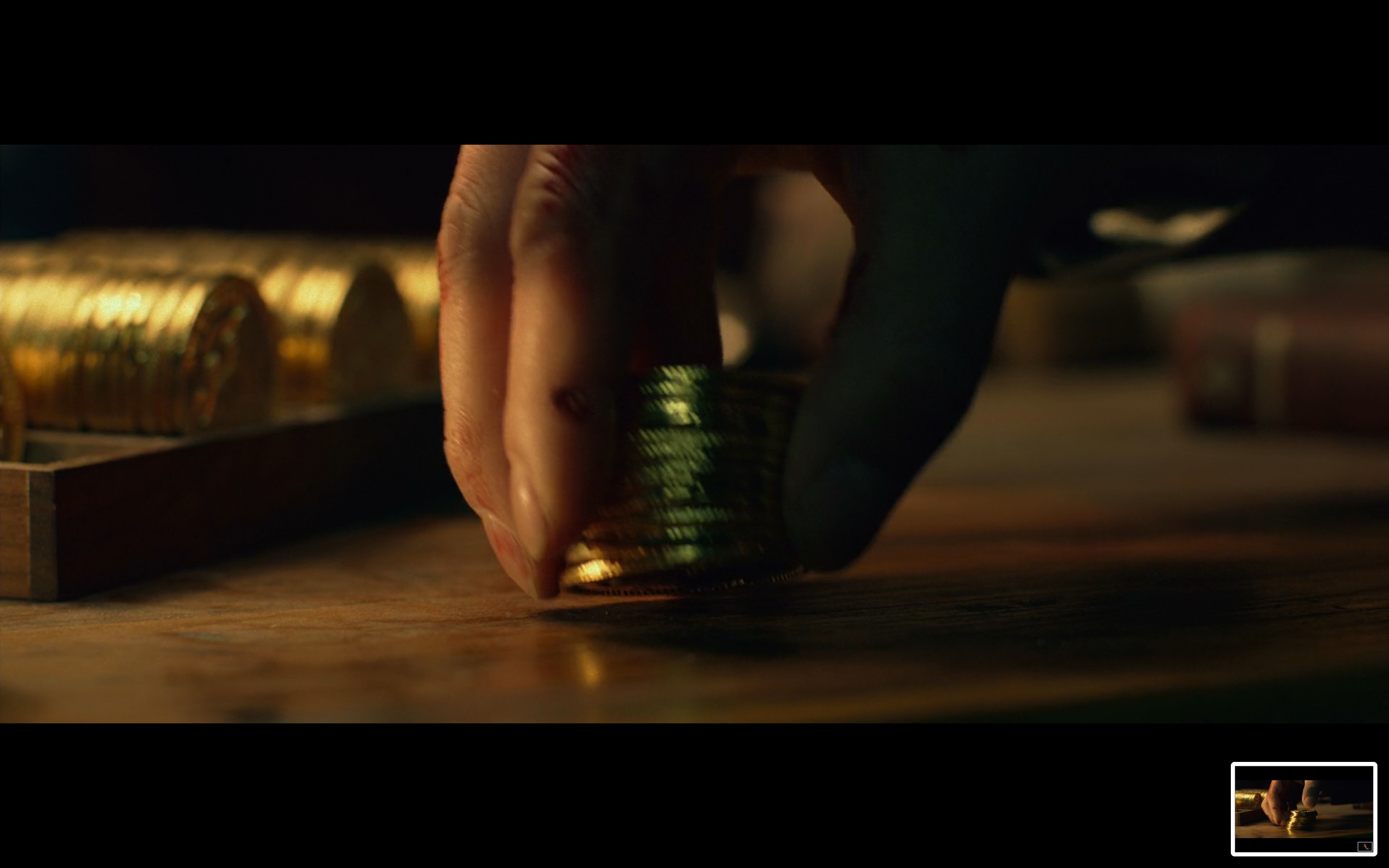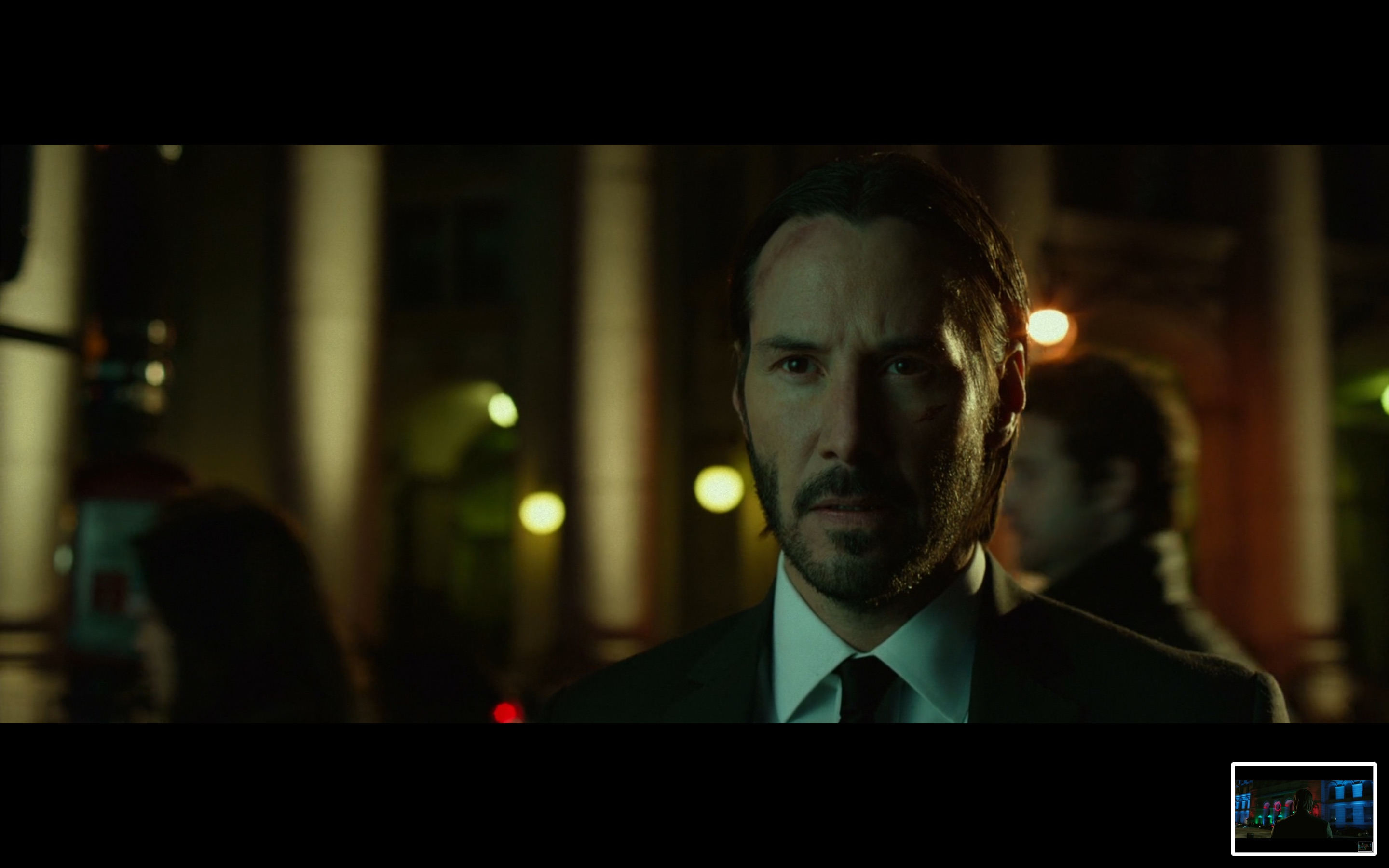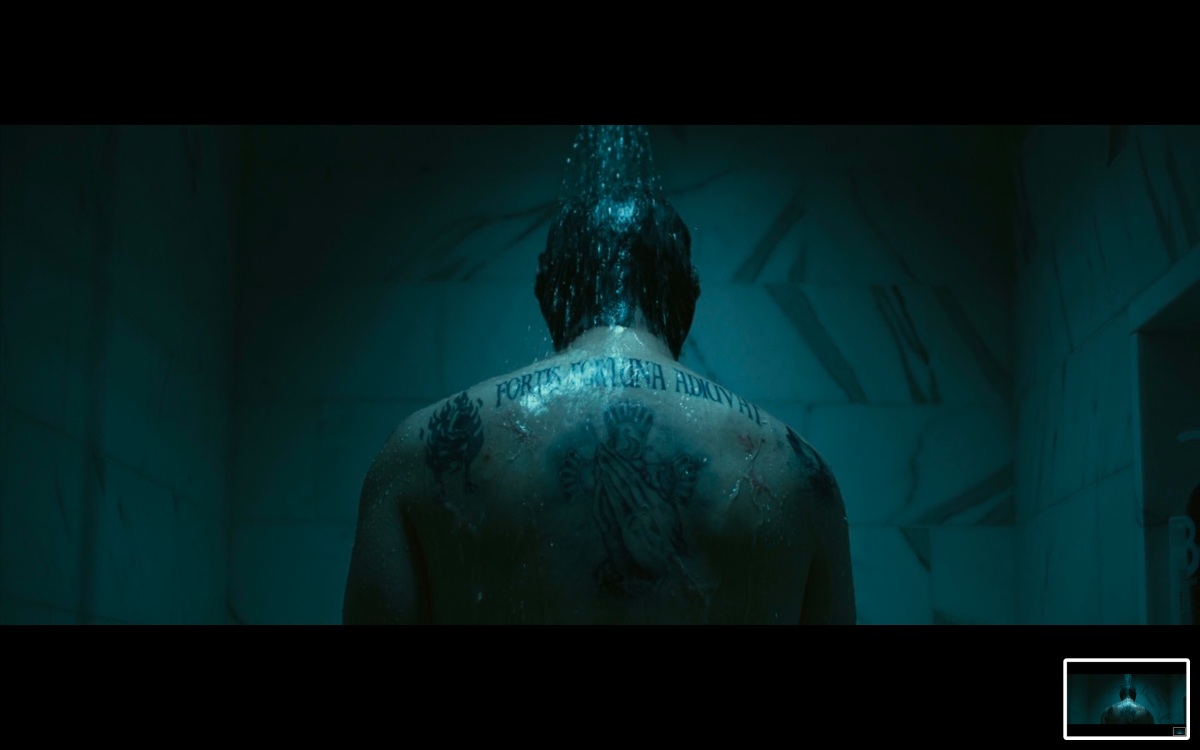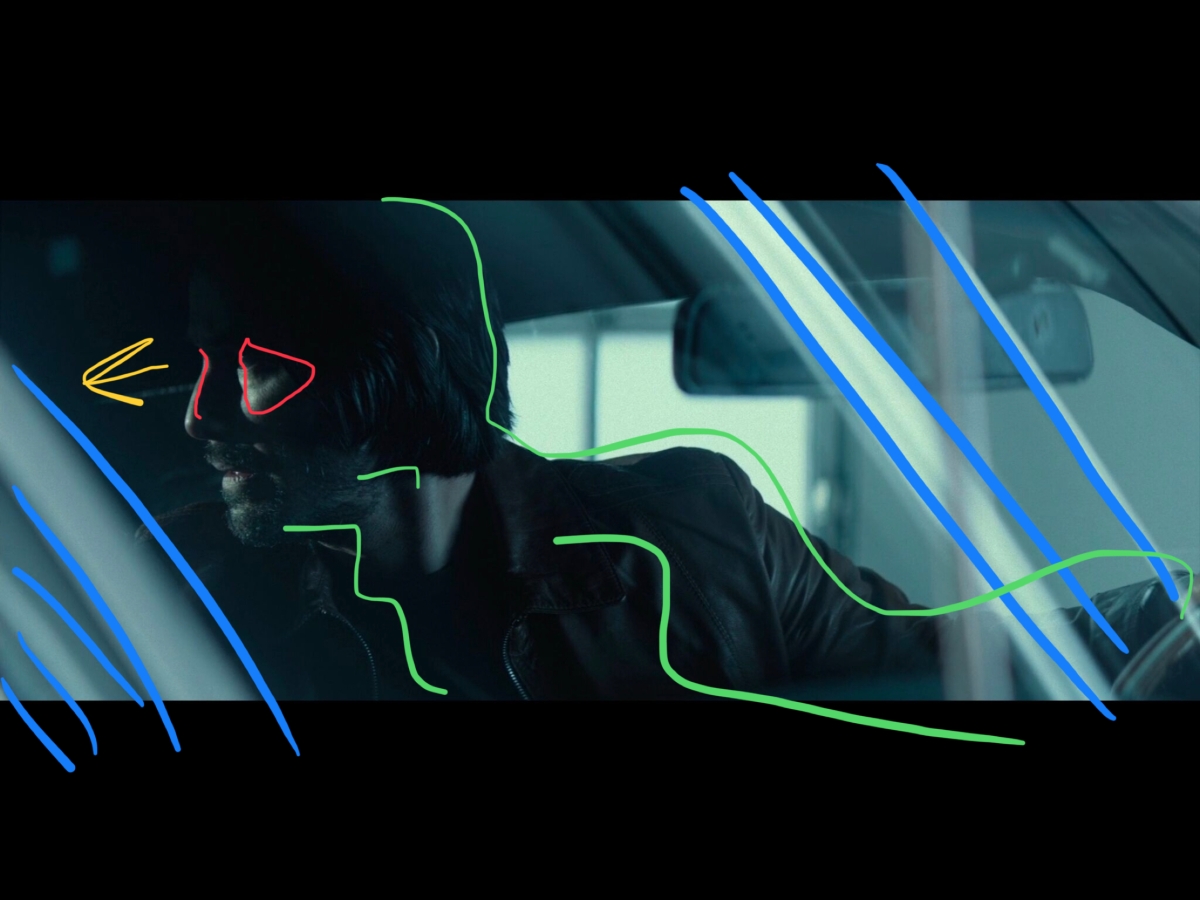Once Upon a Time in Hollywood
John Wick 1 v5
John Wick 1 v4
John Wick 1 v3
John Wick 1 Cinematography v2
John Wick 1 Cinematography v1
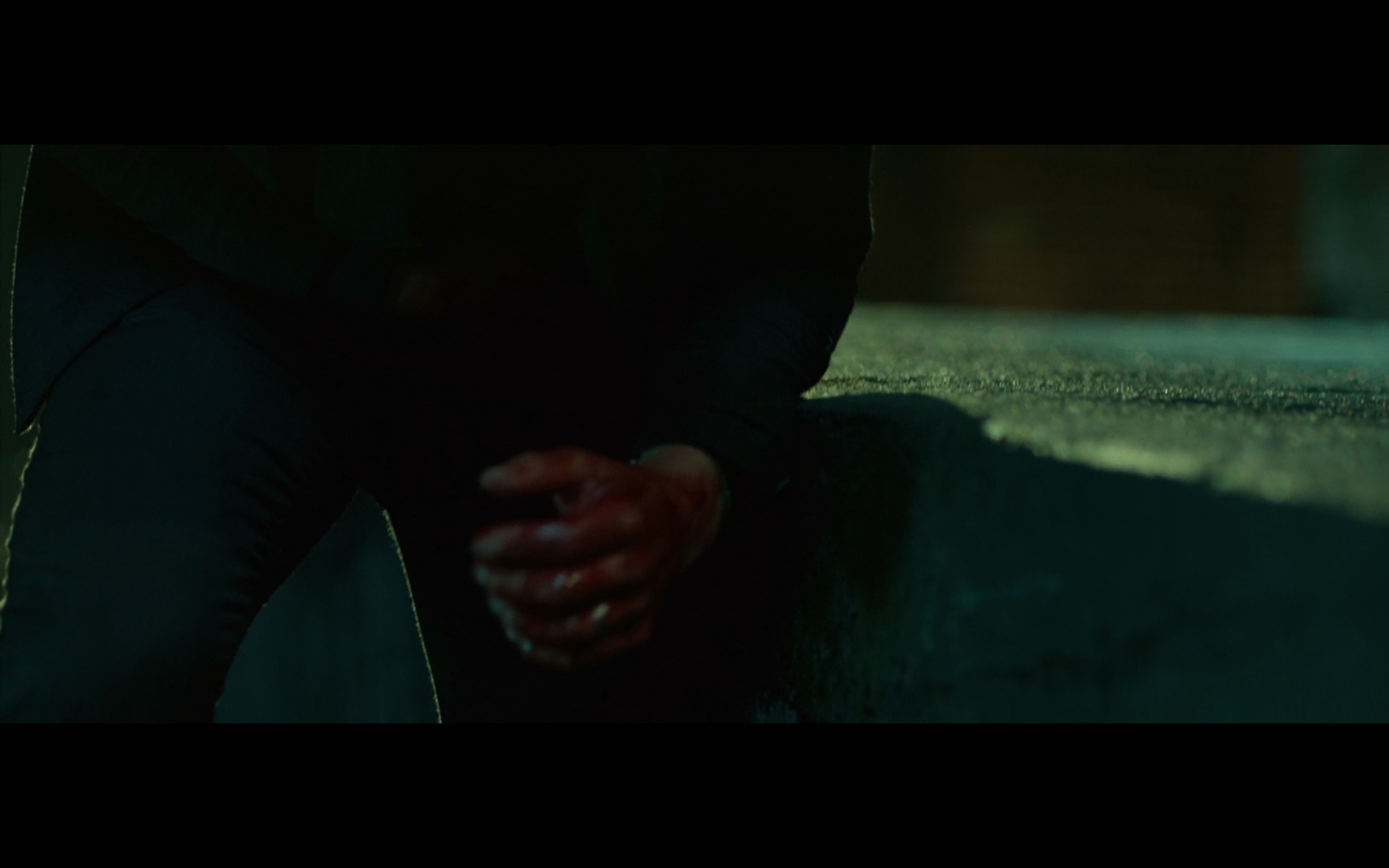





































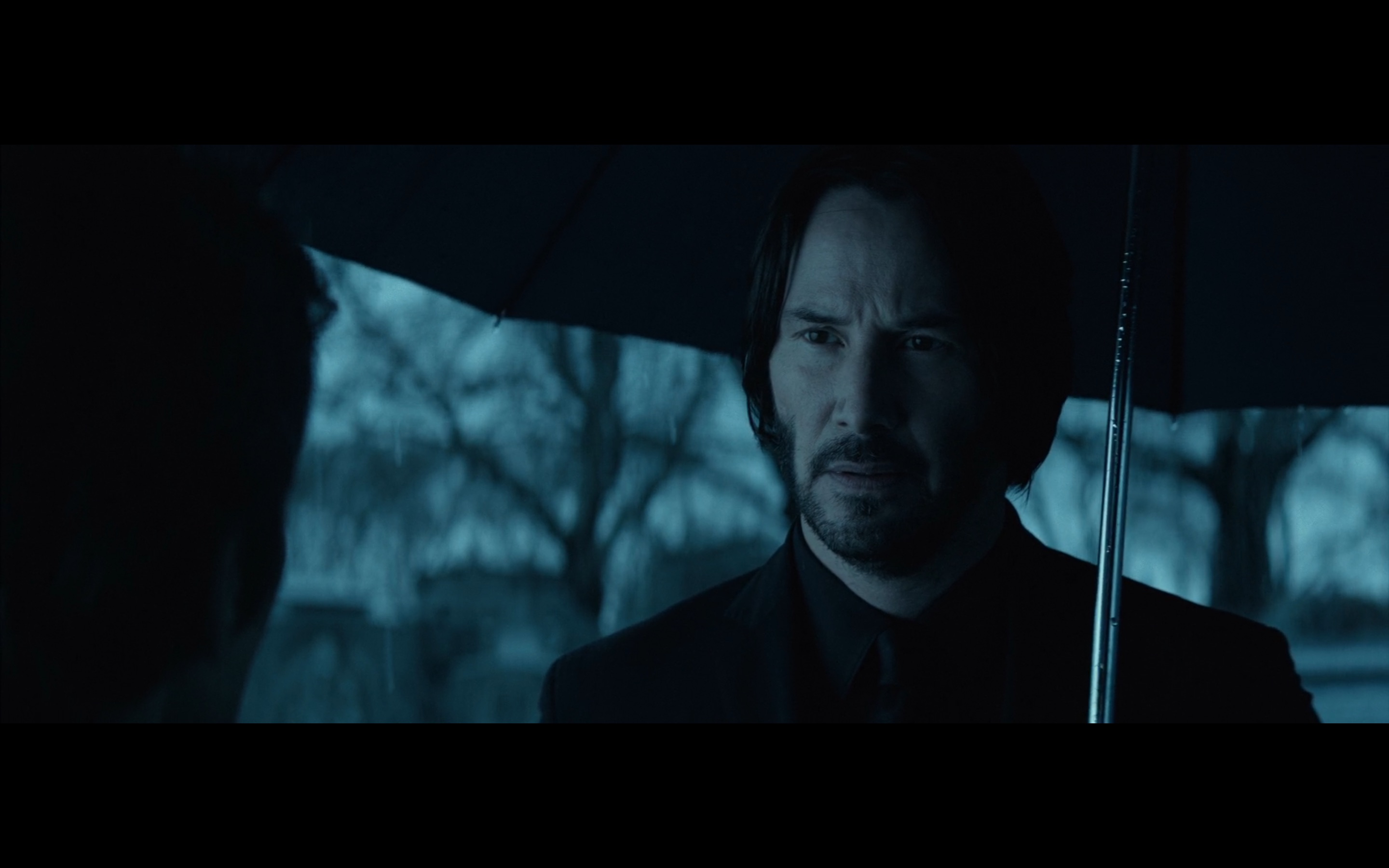
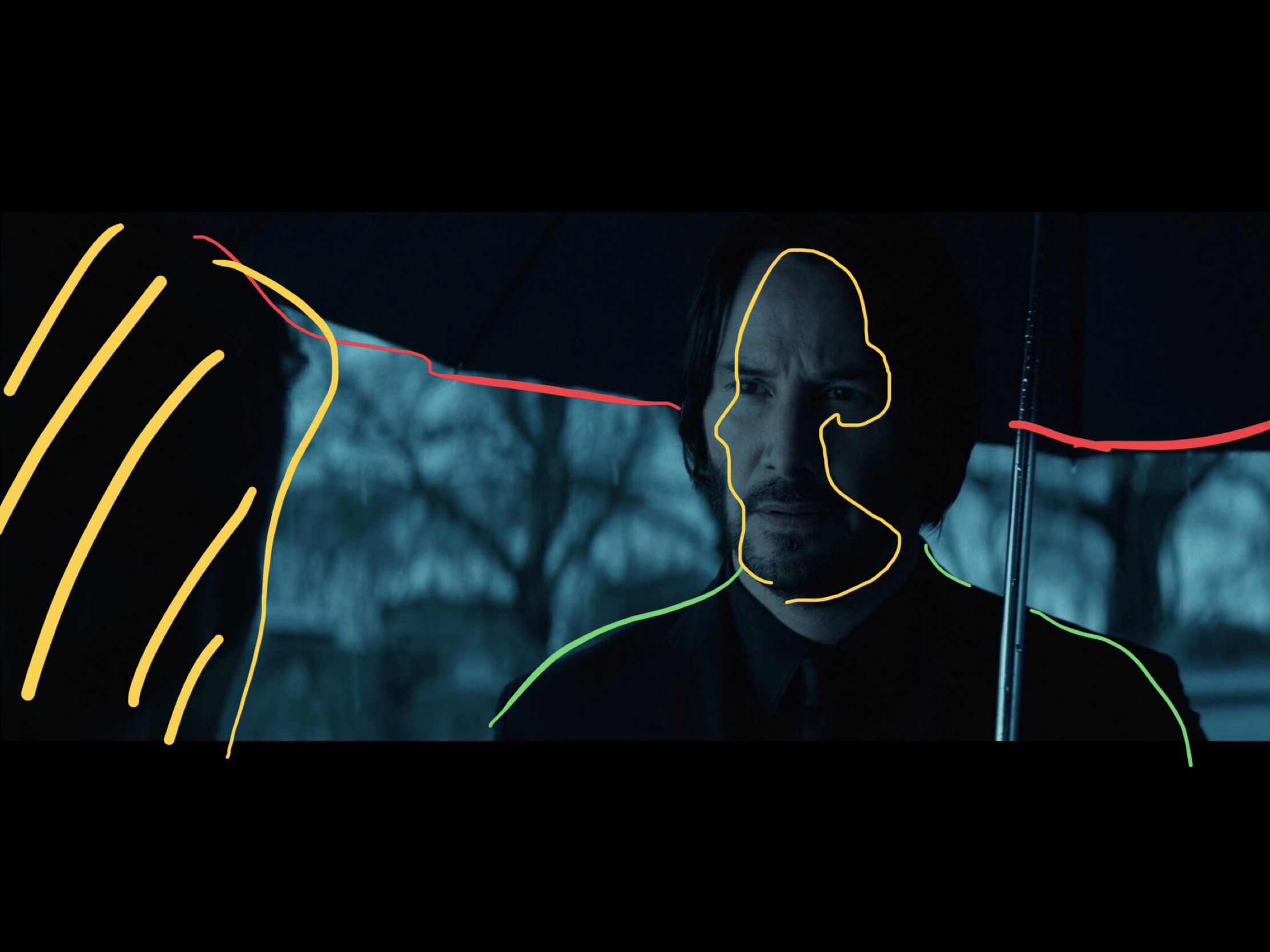




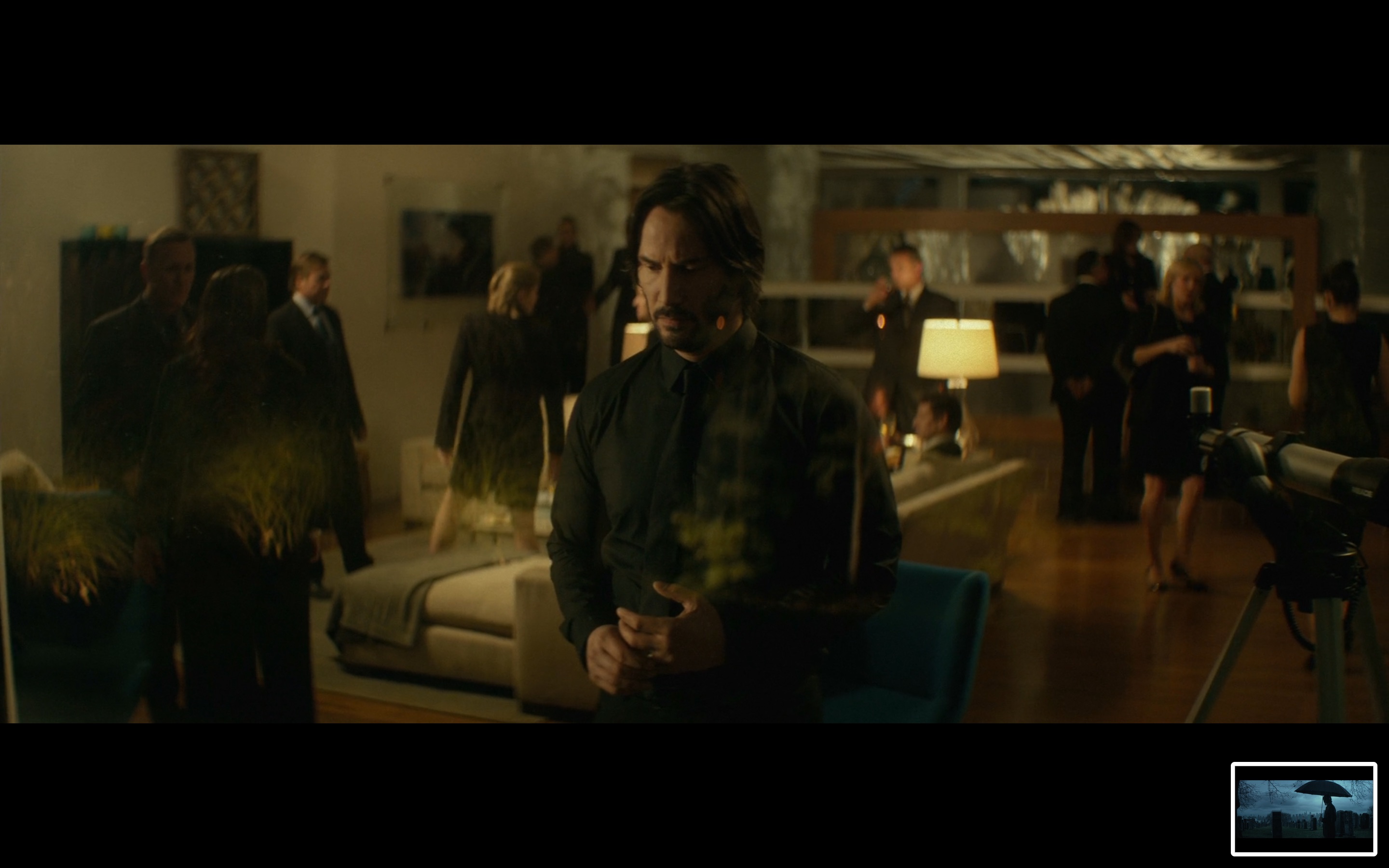















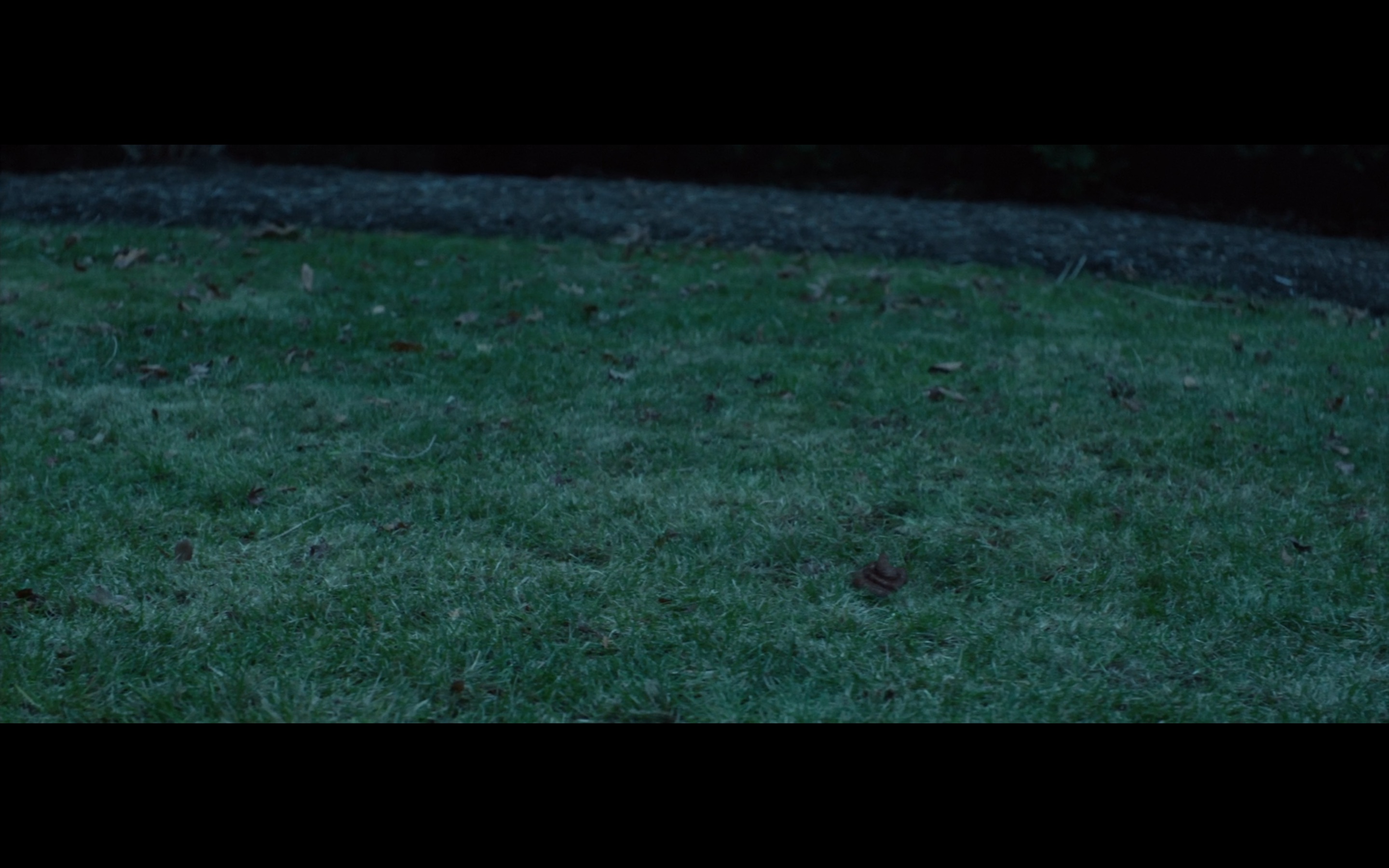

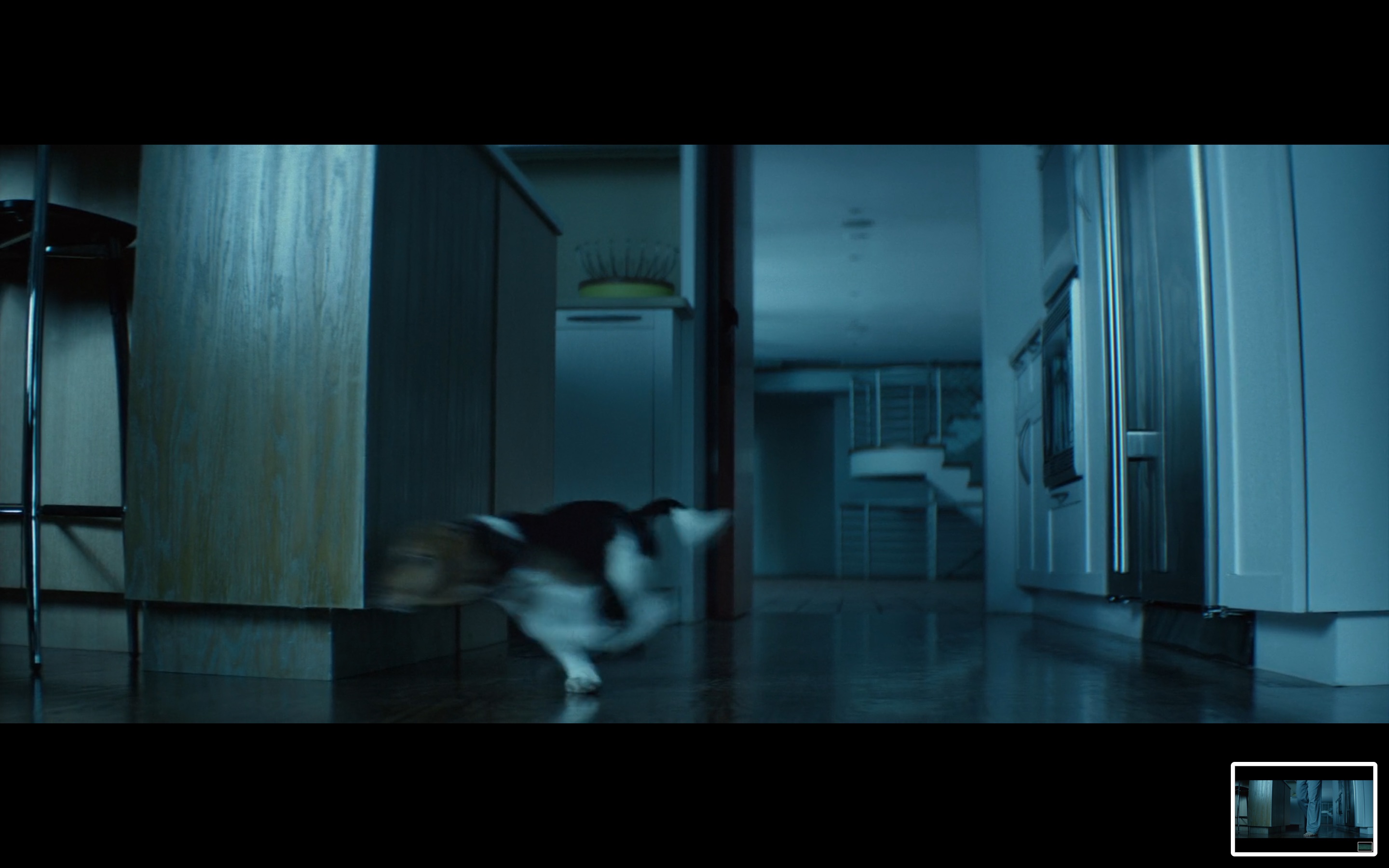


















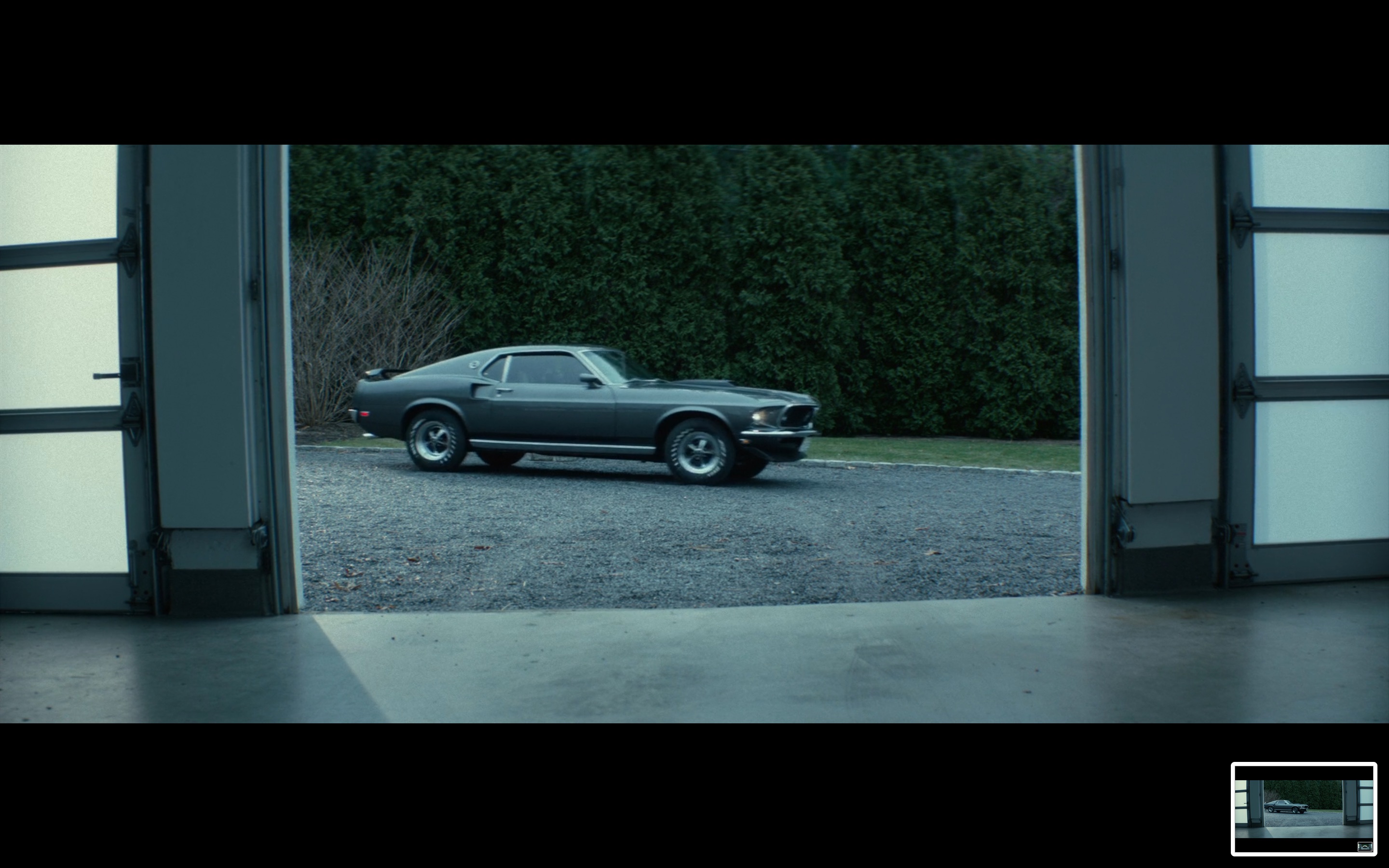











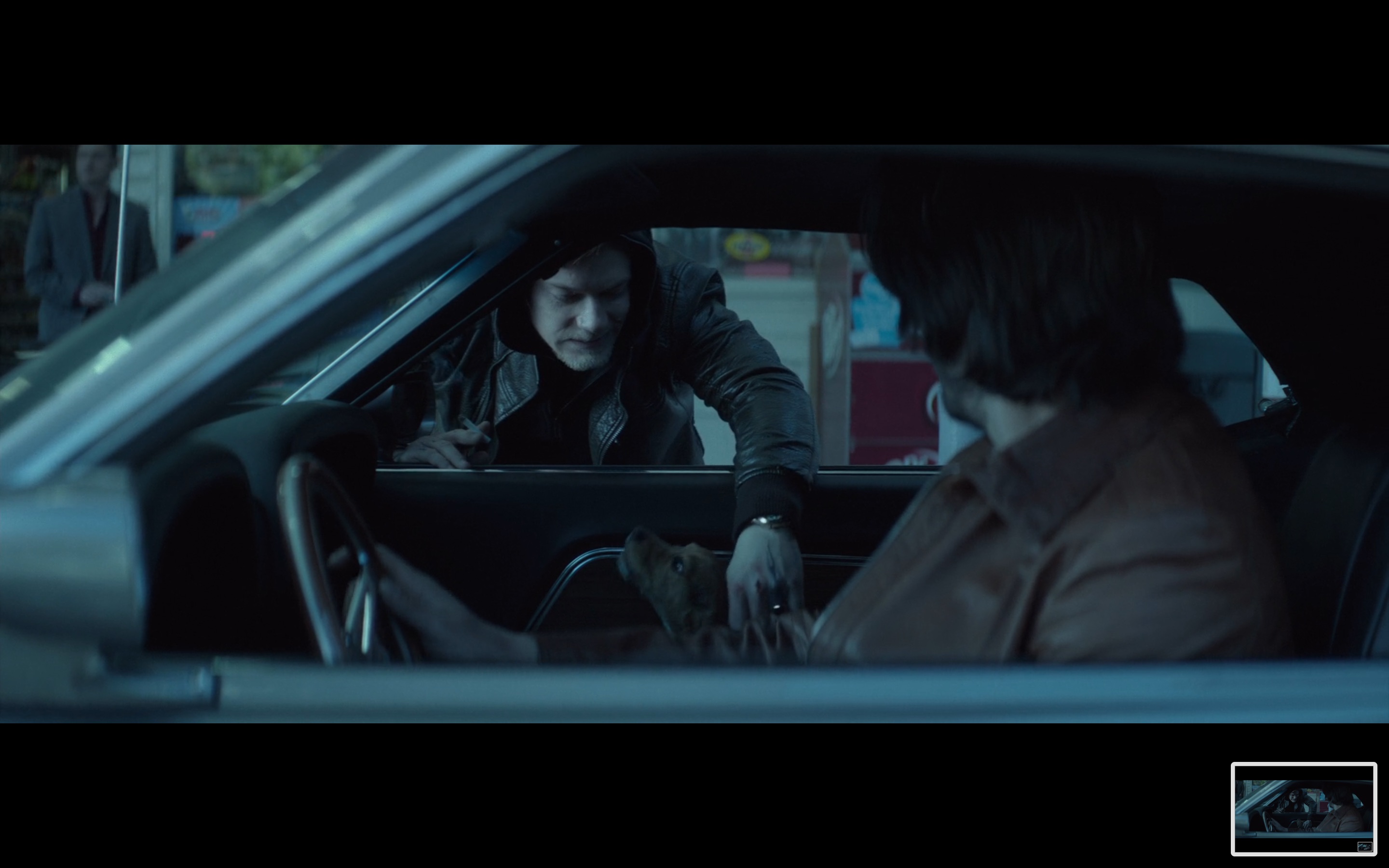
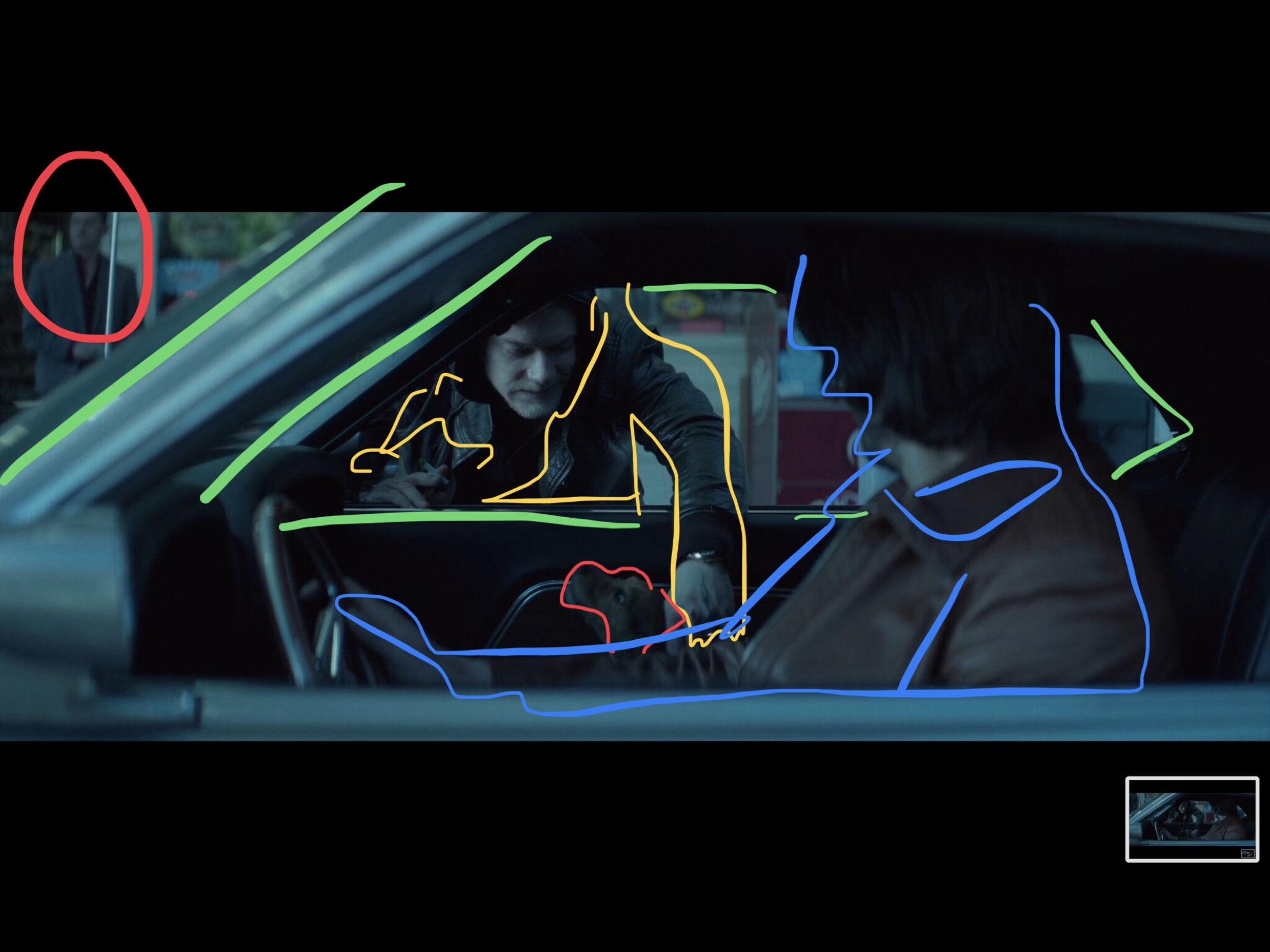


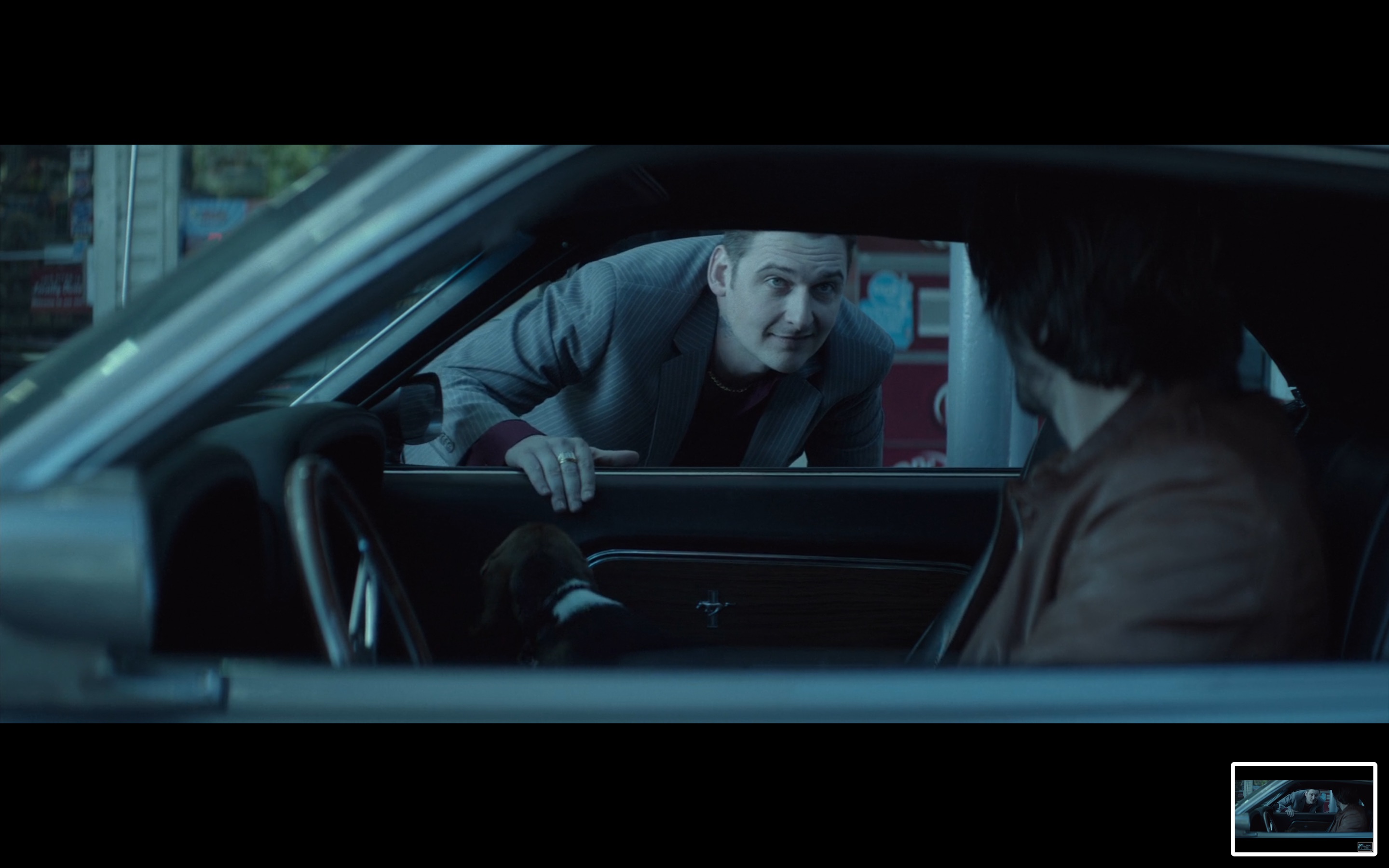





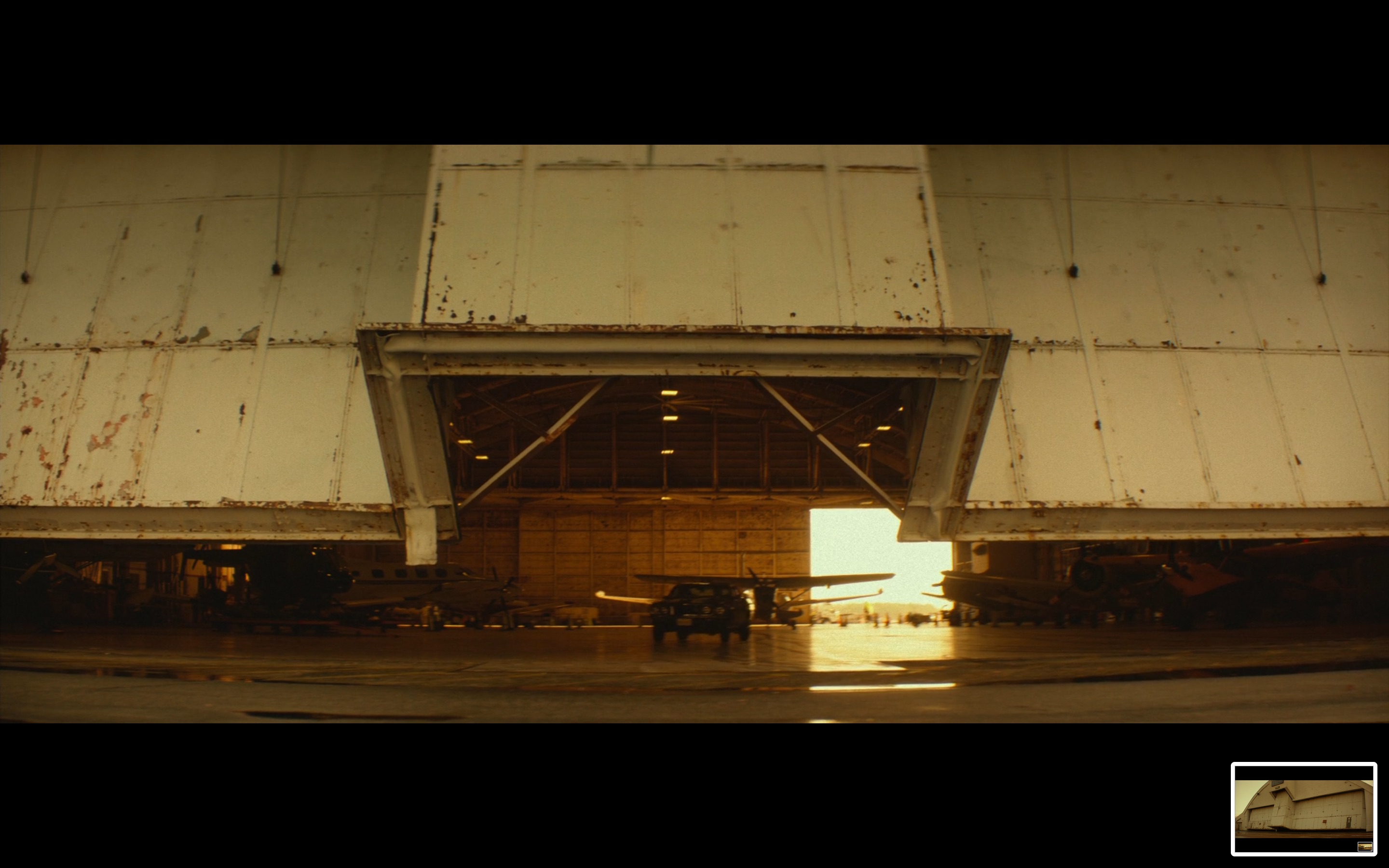
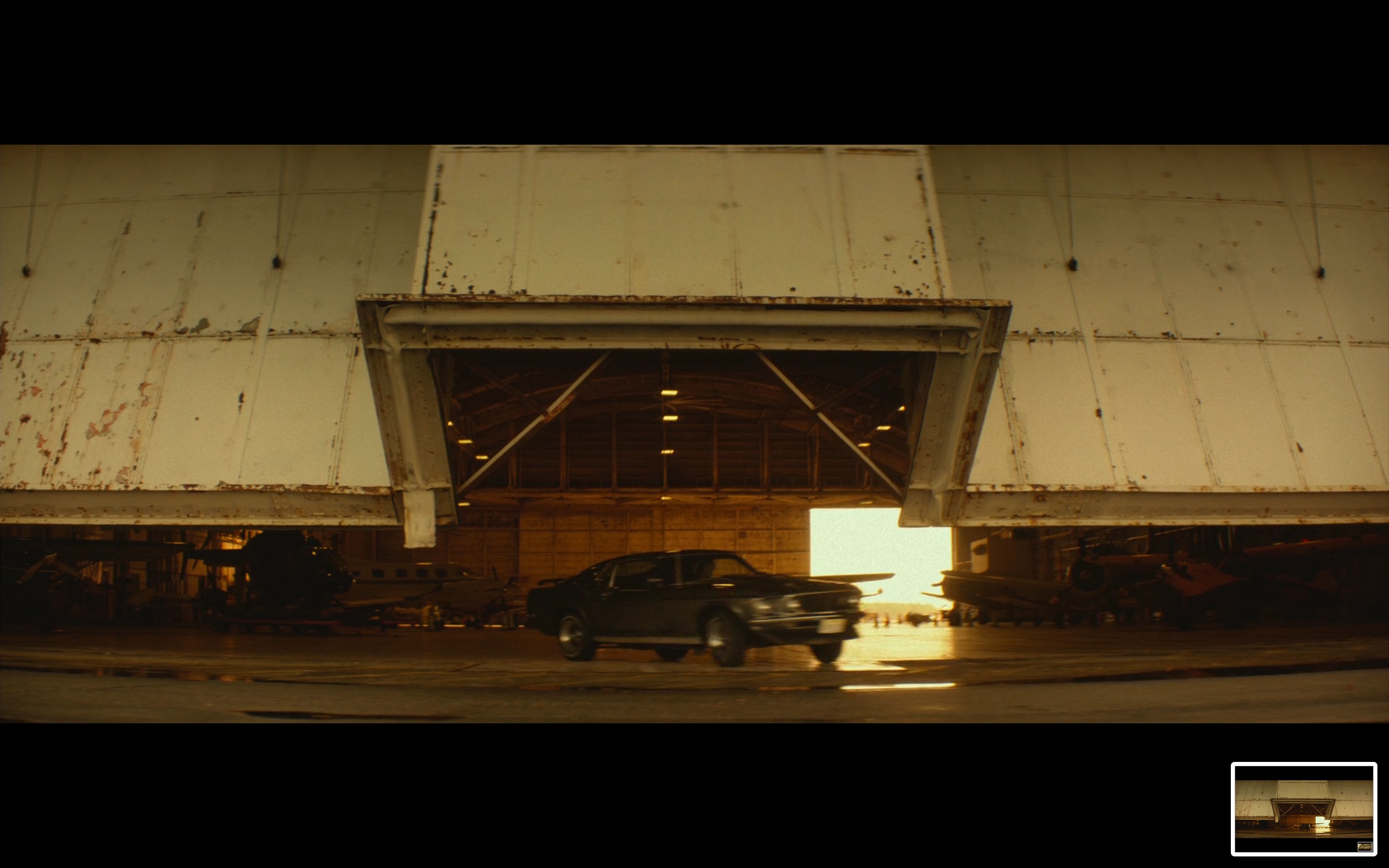



























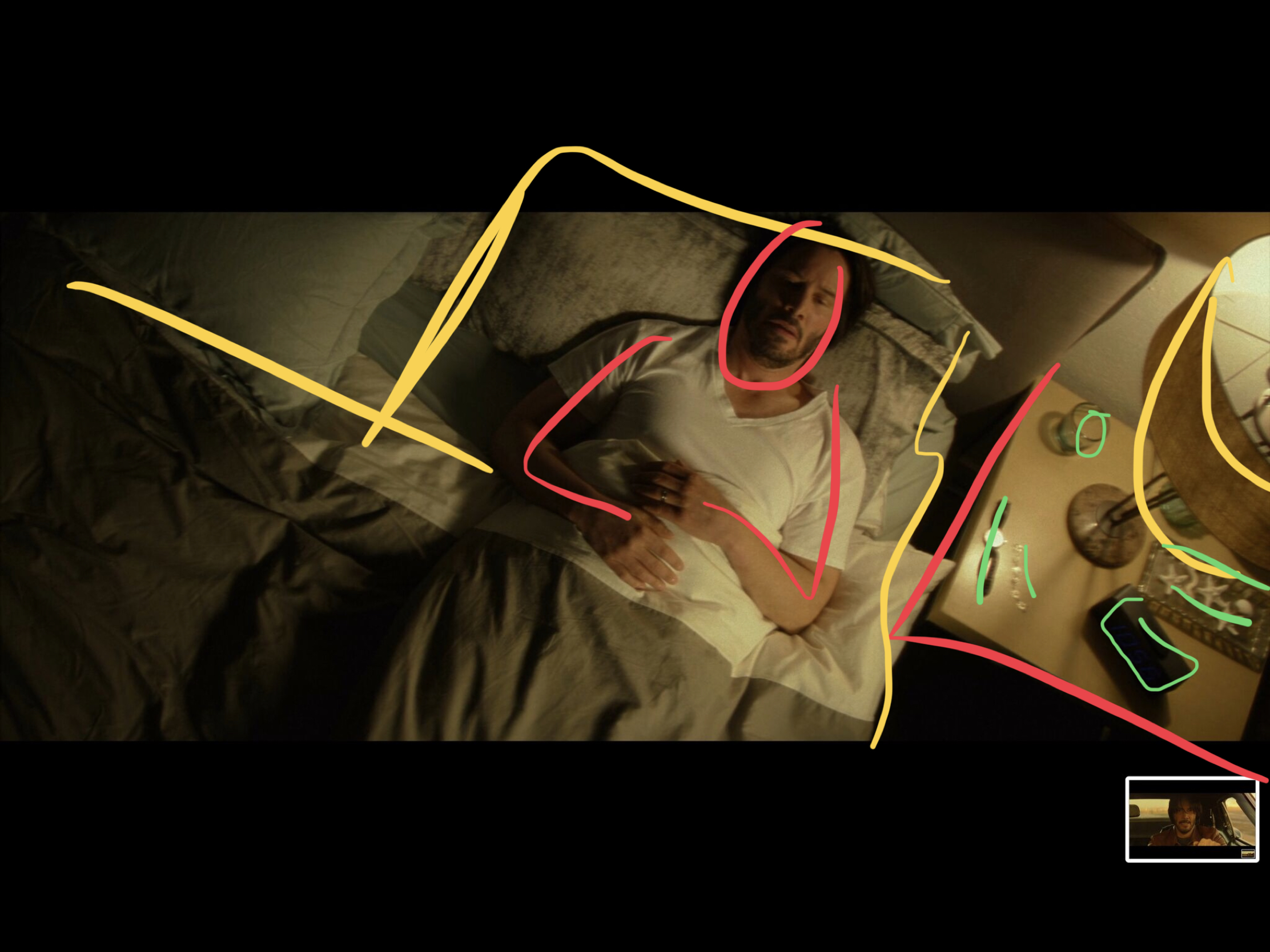

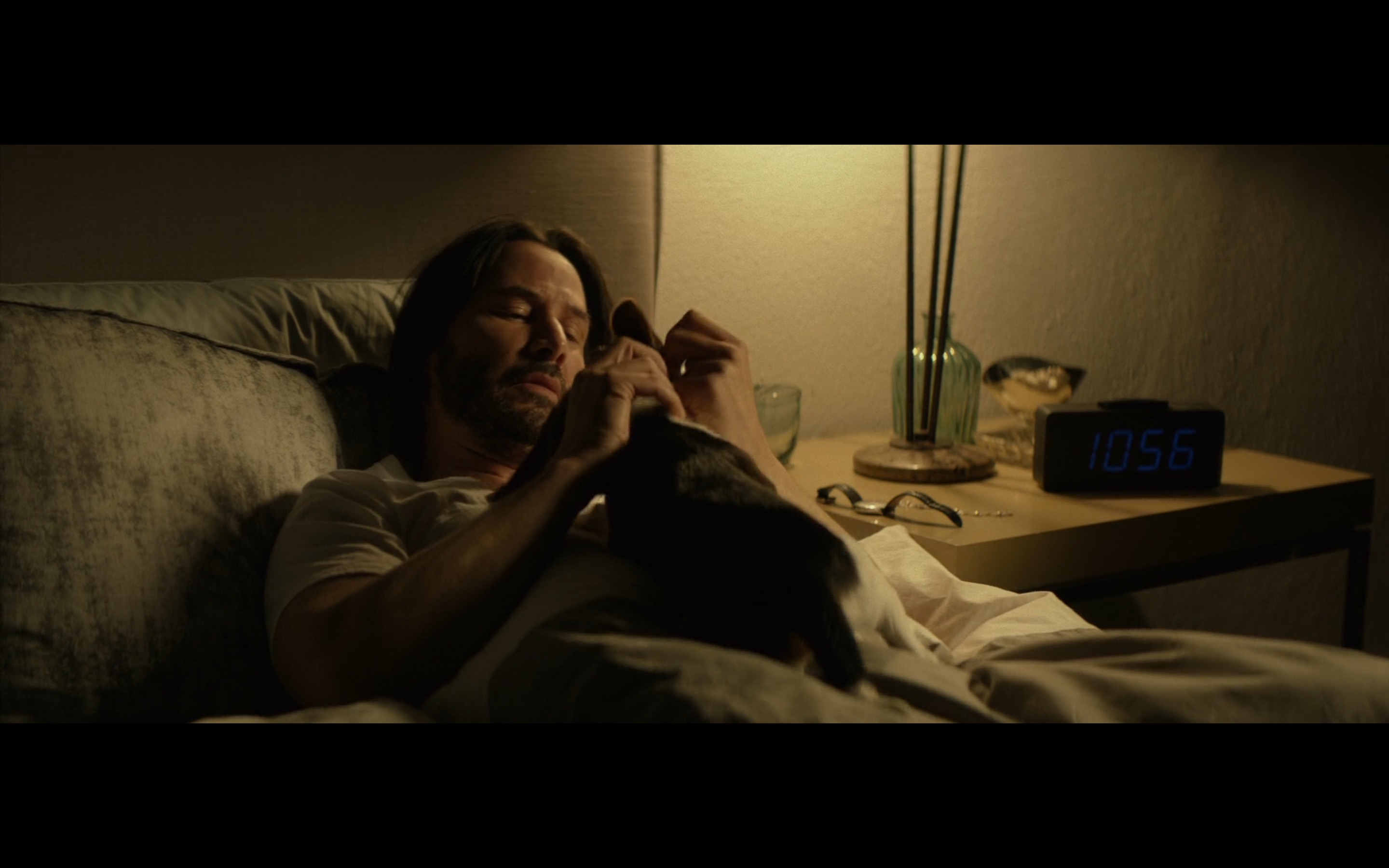











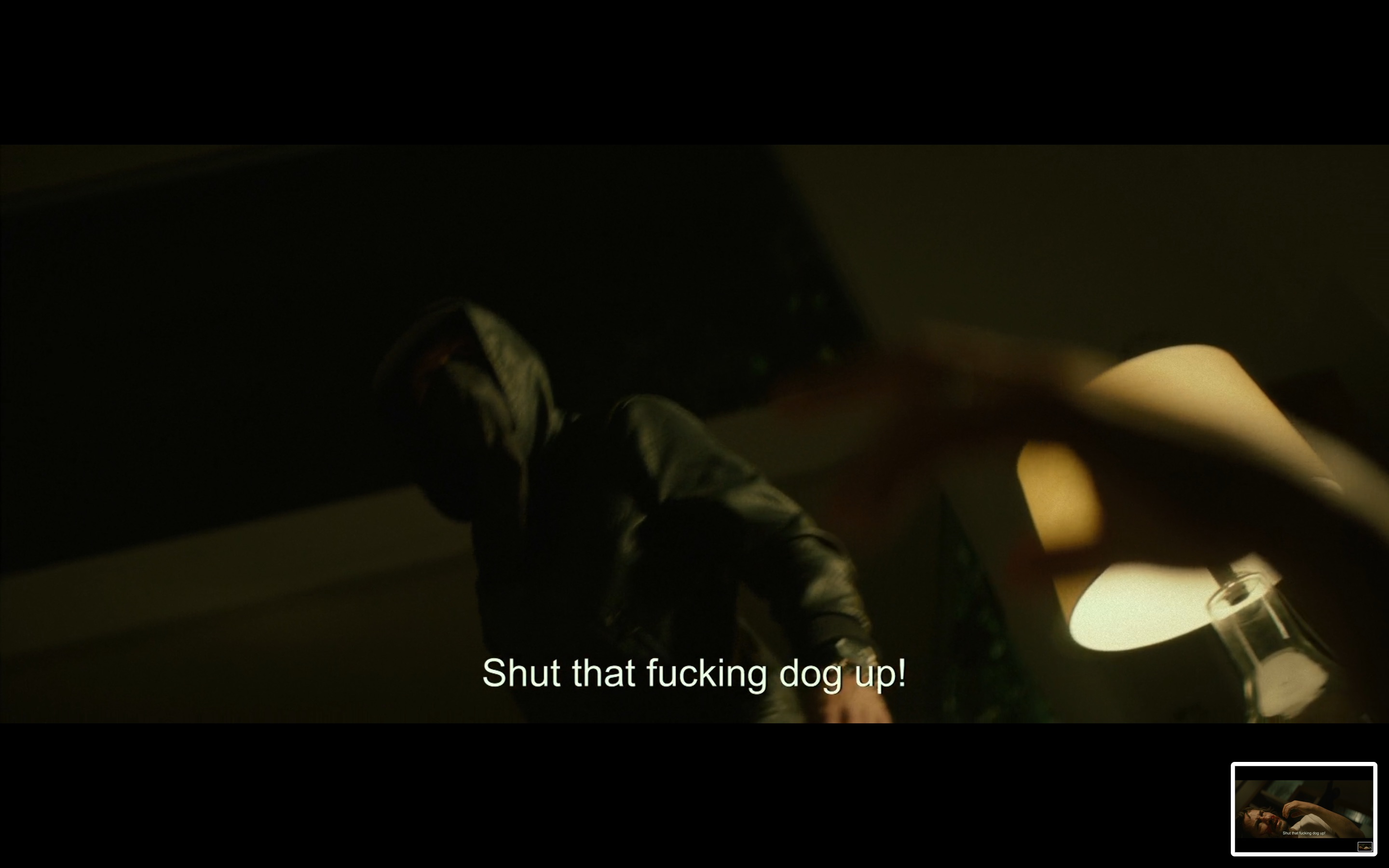




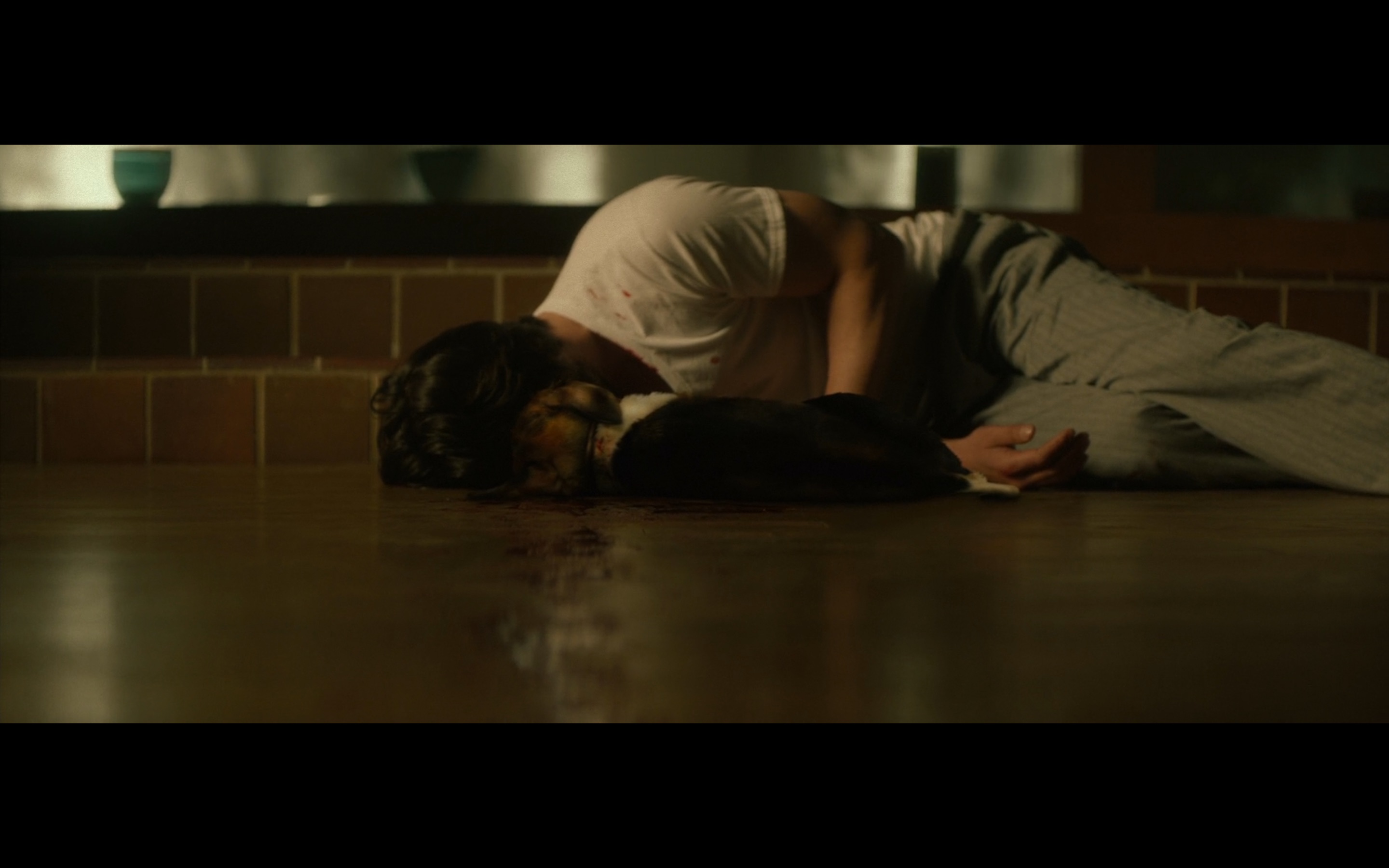


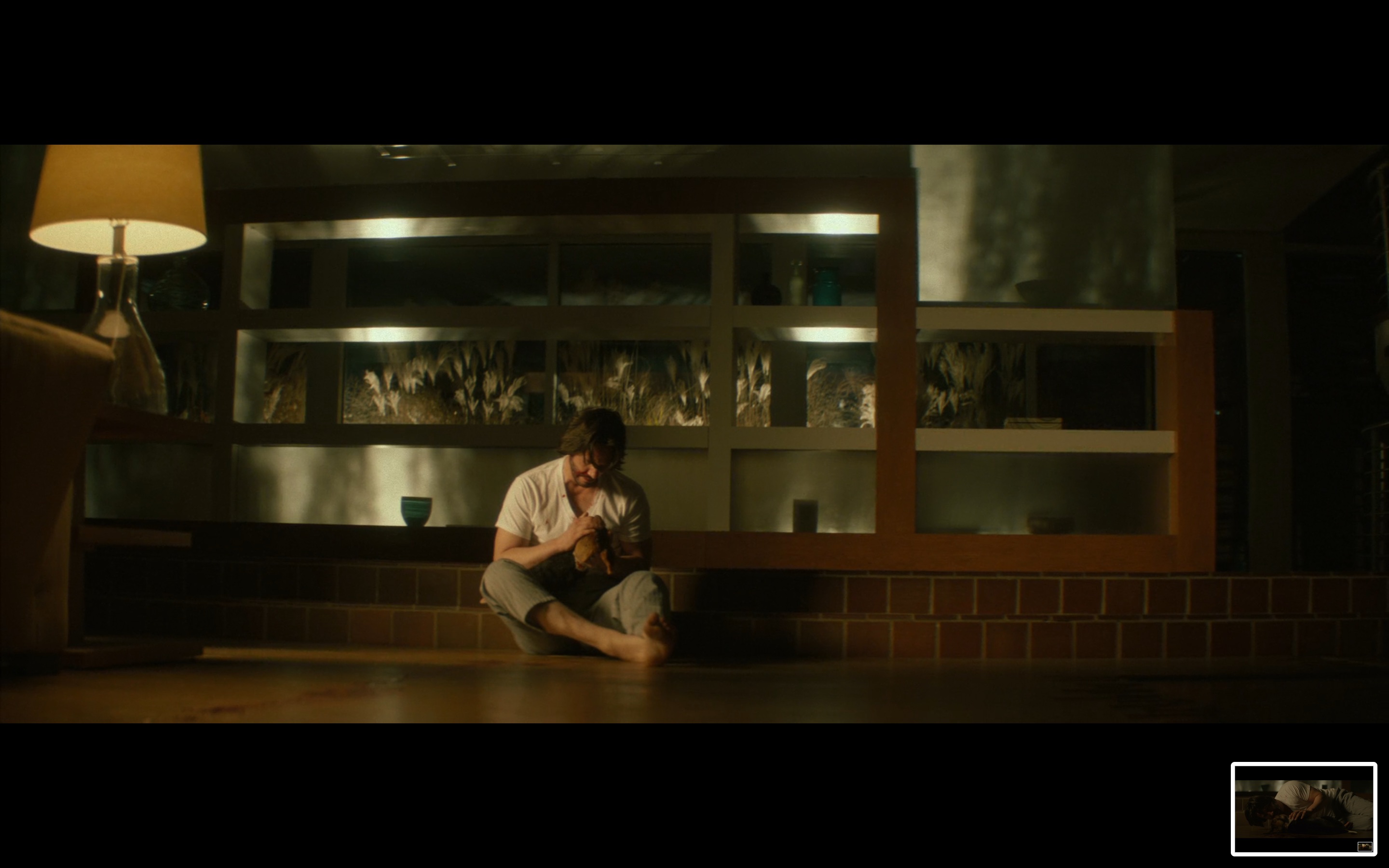
















Machine Learning for Photographers
How Photographers Can See Like Machines
Image Segmentation
To better study and look at images, segment the images (something I learned from machine learning):

How do machines see images?

To start off, I want to state that humans are far superior to machines in almost every way. Let us not get fooled by the ‘golden calf’ of AI (artificial intelligence):
The purpose is for us to leverage machines to make better humans.
Not,
Trying to use humans to make better machines.
To re-iterate:
Let us leverage machine learning to better improve ourselves.
So I don’t think the purpose is for humans to see like machines (remember Arnold S as the Terminator, when he sees the world in black-and-red). What I propose is that we study how machines see images, as a way to guide how we can better see as humans.
Or in other words:
Let us study machine learning, to better understand how we (as humans) think and see!
Simplify

The interesting thing about how machines see images:
They simplify it.
When I study my own black and white photos, I believe my best photos are my simple photos. Even if you study great artists like Picasso and Matisse, they always strived for elegant images– simple and elegant. Think of Matisse’s cutouts — he was able to abstract the human body into the simplest shape, form, and color.
Figure-to-ground

Figure (the subject) and ground (background): you want maximal contrast between the two elements.
One thing we can use: “Gaussian Blur” in Photoshop, to abstract the images, to just see the position of our visual elements, and to simplify the contrast:



Does the photo work well as a small thumbnail?

To better understand whether your compositions are strong or not– look at them as small thumbnails. If your photos work as small thumbnails, it probably means your composition is strong!




Bounding Boxes
There is already artificial intelligence that can automatically put ‘bounding boxes’ (little red boxes) around subjects. This is how self-driving cars see pedestrians (not to run them over):


Even more insane– machines can automatically color, segment, and classify different subjects in a scene (real time):



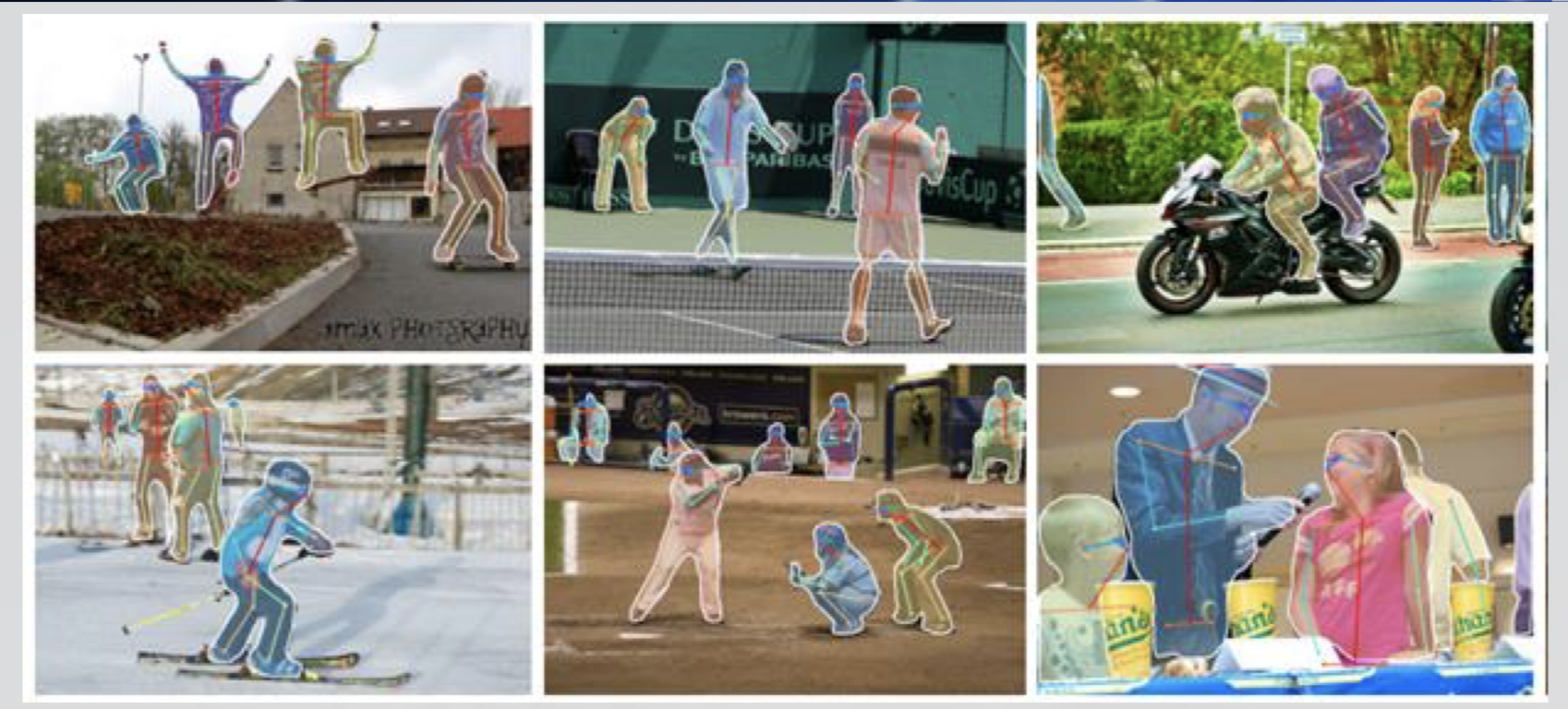
A simple way we (humans) can look at photographs:
Let us put little red boxes around different visual elements in photos.
The Cherry on Top
For example, I like to look at the ‘cherry on top’ for subjects in the photograph– small details which I find interesting. For example, in this photograph, this little boy in the background is a detail I love:


But this is the difficult thing– most people (when they see the picture really small, perhaps on a phone), they won’t see the detail of the boy in the background:

This is why I like printing out photos big– so you can actually see small details!
And to be honest, 99% of your viewers won’t notice these ‘cherry on top’ details in the photo. But it doesn’t matter– as long as YOU see the detail and like it– that is enough!
Color Segmentation

We can also apply gaussian blur to color photos, to better understand the color palette of our photos:

I used the color picker in Photoshop (hotkey “I” for “I[eye] dropper”). And painted these colors:

If I make the background grey, you can see the colors:

So you can see the basic colors: rogue red, pale yellow, and green in the bottom-left.
Keep the colors simple

For color photography, I generally think the simpler, the better.
For example this picture of this woman, the primary color is pink (with Gaussian Blur applied):



The final with the background subtracted:

Which details do you look at in a photo?

If you use the concept of a ‘bounding box’ — you can use it as a tool to identify things you find interesting in a scene– like the woman smoking a cigarette, and two Red Bulls in her left hand.

Feature Map

When you are shooting photos, try to abstract your vision — simplify it.
For example, this is why I recommend shooting high-contrast black and white mode, because it helps you see better when you’re taking photos.
For example on a RICOH GR II, I recommend using the ‘high contrast black and white mode’ in JPEG, and when you’re composing your photos, keep the photos simple.
Silhouette

This is how silhouettes work — we create a ‘feature map’ (the gradients between black, grey, and white.
Edges
Also another way to look at photos; try to simplify the edges, to see the textures in the photo:



Silhouette of Faces

Another idea:
As humans, we intuitively know the proportions of a human face, and also the silhouette of faces.
To see better, let us apply maximal contrast to the photo:

Then, a cyan cutout of the woman:


Conclusion: The Future of Photography

I’m currently doing more studying on Augmented Reality (AR), especially the ‘AR CORE’ platform from Google, as well as their “Tensor Flow” platform. The basic idea I have is this:
One day, while you’re taking photos on your photos, you will get compositional grids, and ‘bounding boxes’ to help assist your compositions.
I already have this functionality on “intelligent Auto” mode on my Lumix G9– when I am composing a scene, the LCD screen will automatically put a yellow box around my subject in the frame.
Augmented Reality for Photographers
I think the future of photography is this:
Photographers will leverage artificial intelligence (AI) and machine learning to take better photos (improved composition, or awareness of subjects).
The future is already here
For further reading, I recommend:
- Research “AR CORE” from Google
- Research ‘computational photography’
- Check out the Google AI Experiments
- Download some “AR” (augmented reality) apps on your phone or iPad and play around with it
- Think about how photographers, individuals, and artists can leverage virtual reality, augmented reality, and machine learning to make better art!
ERIC
The Philosophy of Calvin and Hobbes
Morals, ethics, Composition, Philosophy, and Human Psychology of Calvin and Hobbes
Beauty is relative

What does it mean to be “cool”?



Live life to the fullest
Life with danger and adventure, not stupefying safety:

Take risks, and live life on the edge!
Being clever!

On Money

Minimalist story telling
Also the ability for kids to be creative and innovative on their own!

On war and peace

On the futility of weapons:

Surrealism



Innovative creative storytelling
Inside the mind of a child. As adults we should think more creatively — like children !


Dynamic motion
Love the compositions



Arabesque / curve composition:

Speed:

Relativity:

On freedom and liberty
Funny commentary on oppression and censorship, freedom and opportunity:

Why isn’t the world unfair in my favor?
We don’t mind that the world is unfair, but we want it to be unfair in our favor!

Dictatorship vs democracy

Simple happiness

The joy of doing “nothing” (sometimes the best way to spend your time is precisely to do nothing):

On being indignant on your own mistake
Or not admitting when you were wrong, or when you made a mistake. Or blaming others:

“Yes” vs “No”

Modify the rules so you can win!
Live life according to your own self-made rules!

Don’t add guilt

Quiet break in the dialogue and panning out (frame 3):

Physical versus literal attributes
We should describe people via their personality, not how they look!

Make things fun for kids to get them to do what you want

Play along:

Entitlement

Many Americans wanting more of the pie, for nothing?

Our expectations are always in comparison:

Deceptive advertising

Kids being mischievous is good!
Perhaps good for their creativity and ingenuity?
I did this too as a kid at age 2// my mom told me it was my first lie. I said, “Samchon (uncle) did it!”

Create a new category via fusion

The innovative ideas of children
How to take a bath, faster and more “efficiently”:

manipulate others with psychology

Turn boring things fun by making it into a game!

Women centric
Changing gender norms, in the 1980s!

Imperialism and colonialism

On the rat race

Disappointment from our fantasy and expectation and reality
Psychology, “affective forecasting”. We forecast how something we do will emotionally affect us…but we’re usually wrong! For example we think if we buy a new car, home, camera, phone, gadget, clothes, etc — it will bring us lasting joy; but it never does!



























































































































































































































































































































